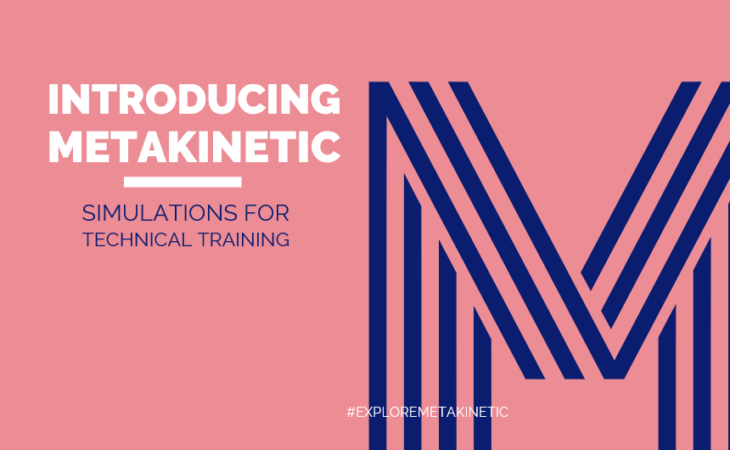Within the last decade, education began to adapt to the new digital world. One of these major changes was the start of shifting from traditional classroom-based to personalized learning by incorporation of online educational courses available through websites and mobile apps. These interactive sessions with mentors, after students have reviewed the online content, made the educational conditions for students particularly more meaningful and engaging, and resulted in changing the learning experience in a positive way that allows for the student’s natural talents to flourish. Despite the rapid incorporation of these new technologies in the school systems, they are entering the professional communities at a slower pace.
Geoscientists are required by professional associations and the public to maintain their competency and skills through formal and informal education to conduct their duties. Beside the requirement of continuous education and professional development imposed by professional associations, the ever-changing, emerging technologies in the energy sector, demand for higher efficiency workflows, integrating multi-disciplinary approaches, and getting more value out of existing methods and datasets are creating a demand from the geoscience community to continue learning new materials as they arise.
If self-directed education in the form of life-long accessible online courses and educational videos are available for professionals, what can be the reasons behind the slow growth of these educational methods within the community of geoscientists? While lack of employer’s support, cost, and shortage of available time comes to mind as possible underlying reasons, the reality is
finding engaging educational resources based on sound scientific principles that is readily available is a very difficult task

We believe interactive simulations on both theory and application is the way forward. These simulations provide the opportunity for the users to confirm their understanding of underlying science, get better insight into the data analysis workflows, and most importantly enhance learning engagement and retention by literally adopting a hands-on approach.
